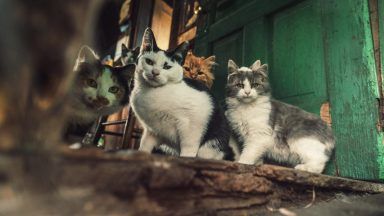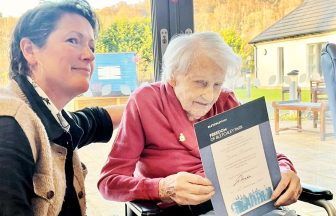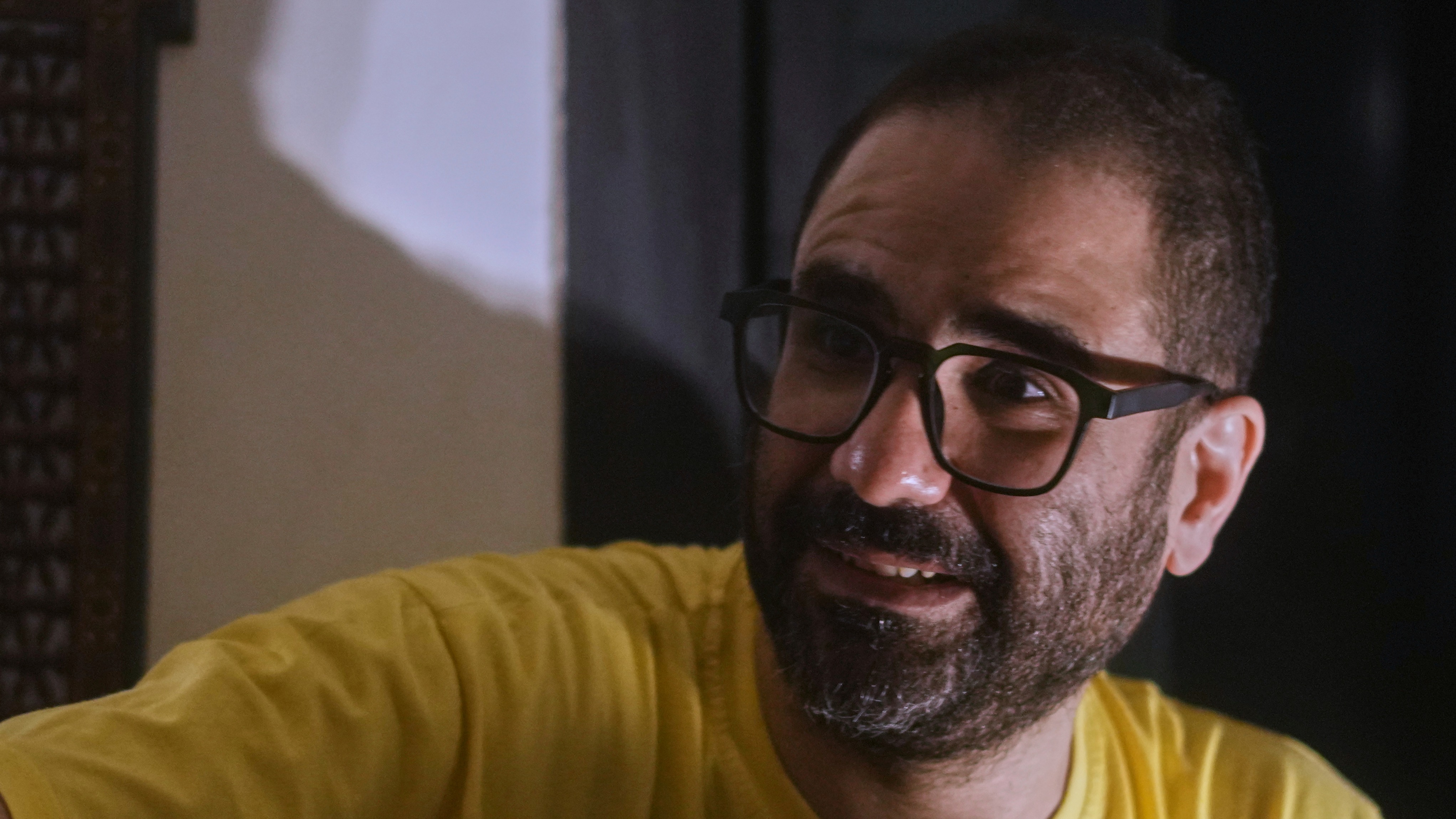Skeletons found in famous viking burial sites in Scotland were local people who may have taken on viking identities, a new study has found.
Researchers found male skeletons from Newark, Buckquoy and Brough Road burial sites in Orkney were buried with swords and other viking memorabilia, despite not being genetically viking.
The team also discovered that Picts became vikings without genetically mixing with Scandinavians.
Picts lived in what is now eastern and northern Scotland during the Late British Iron Age and Early Medieval periods.
The research is part of a six-year project which debunks the modern image of vikings as brutal predators who travelled by sea from Scandinavia to pillage and raid their way across Europe and beyond.
Researchers sequenced the whole genomes of 442 mostly Viking Age men, women, children and babies from their teeth and petrous bones found in viking cemeteries.

Image credit: Dorset County Council/Oxford Archaeology.
The project, published in Nature on Wednesday, found that many vikings had brown hair not blonde and the genetic history of Scandinavia was influenced by genes from Asia and Southern Europe before the Viking Age.
Professor Eske Willerslev, a Fellow of St John’s College, University of Cambridge and director of The Lundbeck Foundation GeoGenetics Centre, University of Copenhagen, led the study.
He said: “We have this image of well-connected vikings mixing with each other, trading and going on raiding parties to fight Kings across Europe because this is what we see on television and read in books – but genetically we have shown for the first time that it wasn’t that kind of world.
“This study changes the perception of who a viking actually was – no one could have predicted these significant gene flows into Scandinavia from Southern Europe and Asia happened before and during the Viking Age.”
While there was not a word for Scandinavia during the Viking Age, the study shows that the vikings from what is now Norway travelled to Ireland, Scotland, Iceland and Greenland.
The vikings from what is now Denmark travelled to England and vikings from what is now Sweden went to the Baltic countries on their all-male raiding parties, the scientists suggest.
The study suggests that the genetic legacy of the Viking Age lives on today, with 6% of people in the UK population predicted to have viking DNA in their genes, compared to 10% in Sweden.
Prof Willerslev concluded: “The results change the perception of who a viking actually was. The history books will need to be updated.”
The word viking comes from the Scandinavian term “vikingr”, meaning pirate.
The Viking Age generally refers to the period from 800 AD, a few years after the earliest recorded raid, until the 1050s, a few years before the Norman Conquest of England in 1066.
Follow STV News on WhatsApp
Scan the QR code on your mobile device for all the latest news from around the country



























